Eclectus Parrot: Bird Species Profile
Updated on 04/26/24
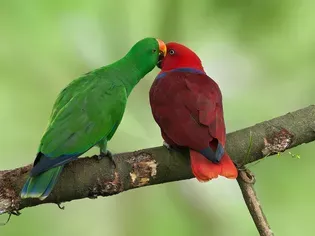
Eclectus Parrot: Unveiling the Vibrant Charisma of a Revered Bird Species
Introduction
In the kaleidoscopic world of avian species, the Eclectus parrot (Eclectus roratus) stands tall as a masterpiece of natural artistry. Its mesmerizing appearance and complex behaviors have enthralled ornithologists, bird enthusiasts, and pet owners alike. Join us as we embark on an in-depth exploration of this captivating bird species, delving into its captivating history, remarkable physical attributes, diverse habitats, and the essential care it requires to thrive in captivity or in the wild.
A Historic Tapestry
The origins of the Eclectus parrot can be traced back millions of years to the lush rainforests of Southeast Asia and New Guinea. Archaeological evidence suggests that humans have interacted with these birds for centuries, likely valuing them for their vibrant plumage and playful nature. Today, Eclectus parrots continue to grace the avifauna of countries such as Indonesia, Papua New Guinea, and Australia, their presence adding a touch of enchantment to these tropical landscapes.
A Symphony of Colors
One of the most striking features of the Eclectus parrot is its remarkable sexual dimorphism, meaning that males and females exhibit vastly different appearances. Male Eclectus parrots are adorned in a vibrant emerald green plumage, complemented by a bright orange or yellow beak and striking blue or purple undertail coverts. In contrast, females present a more subdued beauty, with a deep burgundy or maroon plumage and a black or dark gray beak. This stark contrast in coloration creates a mesmerizing visual spectacle, making Eclectus parrots one of the most easily recognizable bird species.
Habitat and Distribution
Eclectus parrots are primarily found in the tropical rainforests of Southeast Asia, New Guinea, and Australia, where they inhabit the canopy and sub-canopy levels of the forest. These birds are highly adaptable and can thrive in various habitats, including mangrove forests, eucalyptus woodlands, and coconut plantations. Their distribution is influenced by factors such as food availability, nesting sites, and the presence of potential predators.
Diverse Diet and Feeding Habits
Eclectus parrots are opportunistic feeders with a diverse diet that includes fruits, seeds, nuts, flowers, and occasionally insects. They are known for their strong, curved beaks that allow them to crack open hard-shelled nuts and seeds. Their feeding habits play a crucial role in seed dispersal, contributing to the regeneration of rainforest ecosystems.
Nesting and Breeding
Eclectus parrots form monogamous pairs that typically mate for life. The female is responsible for nest building, which is usually done in tree cavities or holes in large branches. The clutch typically consists of two to three eggs, which are incubated solely by the female for approximately 30 days. The chicks remain in the nest for about 10 weeks before fledging.
Communication and Social Behavior
Eclectus parrots are highly vocal birds that use a variety of calls and vocalizations to communicate with each other. Their calls range from loud squawks to soft, melodious whistles. They are also known for their ability to mimic human speech and sounds, making them popular as pets. Eclectus parrots are generally social birds that live in small groups or flocks.
Captive Care
Eclectus parrots are popular companion birds due to their intelligence, playful nature, and striking appearance. However, providing proper care to these birds is essential for their well-being and longevity. Captive Eclectus parrots require a spacious enclosure that provides plenty of room for flight and exercise. They should be provided with a balanced diet that includes fresh fruits, vegetables, seeds, and nuts. Regular veterinary checkups are also crucial to ensure their good health.
Conservation Status
Eclectus parrots are listed as a species of Least Concern by the International Union for Conservation of Nature (IUCN). However, their populations are facing potential threats such as habitat loss, deforestation, and illegal trapping for the pet trade. Conservation efforts are underway to protect their habitats and ensure their long-term survival in the wild.
Conclusion
The Eclectus parrot is an extraordinary avian species that captivates with its vibrant colors, playful nature, and remarkable adaptability. Its presence enhances the biodiversity of tropical rainforests and enchants the hearts of bird enthusiasts around the world. As responsible pet owners and nature lovers, we have a collective duty to protect and preserve these magnificent creatures for generations to come. Whether we encounter them in their natural habitats or admire them as beloved companions, Eclectus parrots continue to inspire and fascinate, solidifying their place as one of the world's most cherished bird species.
Explore More Pets
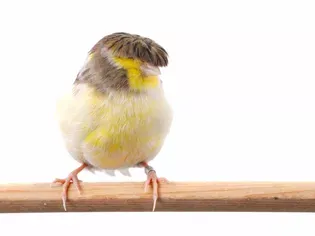
Small Bird Breeds
Gloster Canary: Bird Species Profile
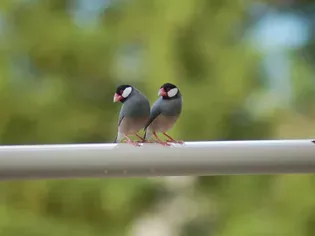
Small Bird Breeds
Java Finch: Bird Species Profile
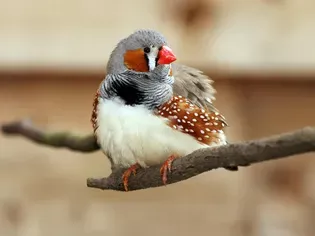
Small Bird Breeds
Zebra Finch (Chestnut-Eared Finch): Bird Species Profile
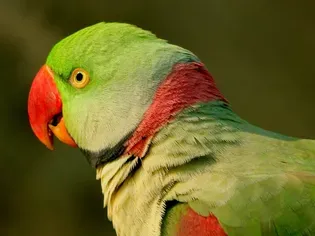
Small Bird Breeds
Alexandrine Parakeet: Species Characteristics & Care
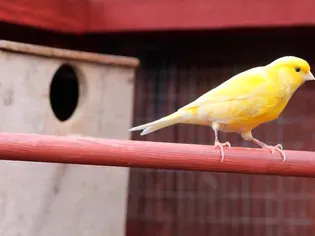
Small Bird Breeds
Canary: Bird Species Profile
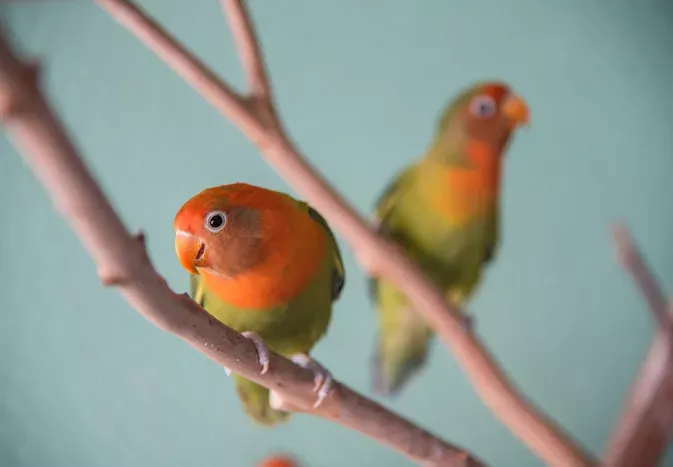
Small Bird Breeds
Lovebird (Pocket Parrot) Species Profile
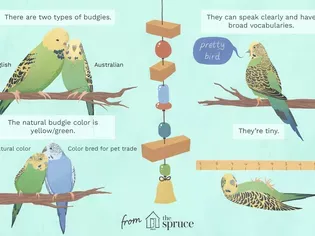
Small Bird Breeds
A Guide to Pet Budgie Birds
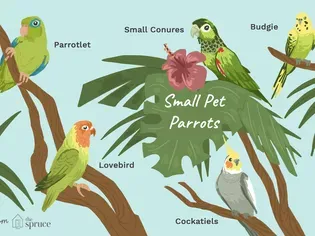
Small Bird Breeds
Types of Small Parrots